Rock Garden – An aesthetically attractive and natural in style
Dr. R.V.S.K. Reddy
Associate Dean
N.S Agricultural College
Markapur- 523 320
Dr. Lakshmaiah Kathari
Assistant Professor
Dept. of Horticulture
N.S. College of Horticultural Sciences
Markapuram, A.P.
Landscaping is an aesthetic branch of Horticulture, which deals with planting of ornamental plants in such a way that it creates a picturesque effect. Landscape gardening can also be defined as beautification of a tract of land having a house or other object of interest on it. It is done with a view to create a natural scene by planting of lawns, trees, shrubs, flowering annuals, climbers, creepers, etc. Further, landscape gardening is both an art and science of establishment of a ground in such a way that it gives an effect of a natural landscape. It can also be defined as “improving of total living environment for the people”.
According to a legend ‘rock is root of cloud’. Natural rocks with latent beauty in them, in convenient sizes, can be seen in different locations, in beds of rivers, rushing down in mountain country and also in dry regions in the exposed knolls. They are scarce in deltaic districts. These rocks are valued in garden design for their interesting shapes. The range and variability of shape and size gives them a sculptural quality. Those with natural curves and smooth outlines are more valuable than others.
 A rock garden, also known as a rockery and formerly as a rockwork, is a garden, or more often a part of a garden, with a landscaping framework of rocks, stones, and gravel, with planting appropriate to this setting. Usually these are small Alpine plants that needs relatively little soil and water. Generally rock gardens are often divided into alpine gardens, scree gardens on looser, smaller stones, and other rock gardens.
A rock garden, also known as a rockery and formerly as a rockwork, is a garden, or more often a part of a garden, with a landscaping framework of rocks, stones, and gravel, with planting appropriate to this setting. Usually these are small Alpine plants that needs relatively little soil and water. Generally rock gardens are often divided into alpine gardens, scree gardens on looser, smaller stones, and other rock gardens.
Natural Rockeries
 Some rock gardens are planted around natural outcrops of rock, perhaps with some artificial landscaping, but most of them are entirely artificial, with both rocks and plants brought in. Some are designed and built to look like natural outcrops of bedrock. Stones are aligned to suggest a bedding plane, and plants are often used to conceal the joints between said stones. This type of rockery was popular in Victorian times and usually created by professional landscape architects. The same approach is sometimes used in commercial or modern-campus landscaping but can also be applied in smaller private gardens.
Some rock gardens are planted around natural outcrops of rock, perhaps with some artificial landscaping, but most of them are entirely artificial, with both rocks and plants brought in. Some are designed and built to look like natural outcrops of bedrock. Stones are aligned to suggest a bedding plane, and plants are often used to conceal the joints between said stones. This type of rockery was popular in Victorian times and usually created by professional landscape architects. The same approach is sometimes used in commercial or modern-campus landscaping but can also be applied in smaller private gardens.
The Japanese rock garden, or dry garden, often referred to as “Zen garden”, is a special kind of rock garden with a few large rocks, and gravel over most of the surface, often raked in patterns, and no or very few plants. Other Chinese and Japanese gardens use rocks, singly or in groups, with more plants, and often set in grass, or next to flowing water.
LAYOUTS
The standard layout for a rock garden consists of a pile of aesthetically arranged rocks in different sizes, with small gaps between in which plants are rooted. Typically, plants found in rock gardens are small and do not grow larger than 1 meter in height, though small trees and shrubs up to 6 meters may be used to create a shaded area for a woodland rock garden.
If used, they are often grown in troughs or low to the ground to avoid obscuring the eponymous rocks. The plants found in rock gardens are usually species that flourish in well-drained soil.
Conditions to be considered
A good rock garden is by no means achieved by merely putting stones, soil and plants together. Each component must be carefully selected and then just as carefully arranged in a manner that makes the garden seem natural geology and topography of a special region.
It is best to choose indigenous rocks of similar appearance for the rock garden which will make the garden seem like a natural feature of the landscape. Weathered look is generally preferable in a rock garden; porous, softer rock is usually a better choice than harder rock. Harder rocks are less receptive to the growth of mosses and lichens.
Consider the Style
The goal is often to create a garden that resembles a native landscape, but you can also create a variety of themed rock gardens. For example, one will hear the terms “Alpine gardens” and “Japanese Zen gardens” used in connection with rock gardens.
Japanese Zen rock gardens provide a place for quiet reflection and contemplation. Their approach tends to be minimalist, making as strong a statement as one can with the fewest components. In a typical Japanese Zen rock garden, for instance, a few choice, carefully placed rocks might form a focal point, set off by a large expanse of tiny rocks or sand that serves as mulch. Always strive for natural stone placement. To achieve the look of natural rock, each stone should appear firmly grounded like- the “tip of the iceberg.” Each stone also should appear as if connected to its immediate neighbours, separated only by the crevices in which the plants will be growing. The size of stones is incredibly important. Big rocks can overwhelm a small yard, while small rocks can get lost in a large space.
Try to Create an Aged Look
Rock gardens are most aesthetically pleasing if the exposed rock faces look weathered and worn. The weathered look is most readily achieved by encouraging the growth of moss or lichens on the rock faces.
STEPS TO MAKE A ROCKERY
- Mark the rough outline of the rockery on the ground, excavate soil to a depth of 12 inches and fill with gravel or broken bricks.
- Arrange fairly big rocks at ground level and place by slightly tilting inwards.
- Leave pockets in between to grow plants and pack interspaces of rocks with soil.
Mound up soil. - Arrange the next line rocks according to the previously laid out contour line and proceed in this way until the desired height is reached.
- Enrich soil with manures and firm well.
- Arrange the rocks irregularly.
- Maintain gentle slope.
- The space left between stones should not be uniform. They should be varied to grow single plants in some spaces and clumps of plants in others.
PLANTS FOR ROCK GARDEN
The stones help the plants in retaining their moisture and keeping their roots cool. In plains, on the sunny side some of the cacti and succulents, Lantana, Setcreasea, Verbena etc., can be grown successfully. Ferns and some indoor plants also look natural on the rockery slopes in shade. In nature, rocks may be getting covered with different coloured moss and if soil collected in cracks and crevices of rocks, plants grow there naturally.
Annuals: All annuals may be accommodated in the rockery depending on their height in between shrubs and other perennial plants.
Asclepias, Calliandra, Clerodendron, Crossandra, Cuphea, Euphorbia, Zinnia, Phlox, Verbena.
Shrubs: Duranta, Juniferus, Lantana sellowiana, Russelia juntcea, Thuja orientalis etc.
Cacti and Succulents: Opuntia, Cerus, Mumalaria, Agave, Kalanchoe, Sansivieria, Yucca, Hawarthia, Furcraea, Sedum etc.
Ferns: Nephrolepis, Polypodium and Adiantum etc.
Shade plants: Imparatiens sultaniana, Pedilanthes tithymaloides, Pilea muscosa, Portulaca sps, minature roses, Zebrana pendula, Tradescantia albifolia, Vinca rosea etc.
In addition to above plants, with careful selection of large group of annuals, bulbous plants, shrubs and other ornamental plants can be selected and grown in the rockery depending upon the necessity and environmental conditions.
Most traditional garden plants when grown in rock gardens will do fairly well with a good-quality garden soil blended with peat moss, compost, or another organic amendment. Choose the right plants and position the plants carefully and strive for an arrangement that looks natural. Rock gardens are usually fairly natural-looking, informal plant arrangements, and not a place for formal symmetry or straight lines.
Xeriscaping
 Xeriscaping is the process of landscaping, or gardening, that reduces or eliminates the need for irrigation. It is promoted in regions that do not have accessible, plentiful, or reliable supplies of fresh water and has gained acceptance in other regions as access to irrigation water has become limited, though it is not limited to such climates. Xeriscaping may be an alternative to various types of traditional gardening.
Xeriscaping is the process of landscaping, or gardening, that reduces or eliminates the need for irrigation. It is promoted in regions that do not have accessible, plentiful, or reliable supplies of fresh water and has gained acceptance in other regions as access to irrigation water has become limited, though it is not limited to such climates. Xeriscaping may be an alternative to various types of traditional gardening.
Management of the rockery
Protection
In places having a severe winter, delicate plants will need protection. When plants are small a glass sheet resting on the rocks may be placed over the plants. For larger plants four strong galvanized wires may be inserted in the ground and glass placed over this. If the weather is very cold the sides should also be covered with glass or polythene sheets.
Weeding: Periodical weeding is necessary to remove the weeds, which are competing with plants. In addition to this all dried and dead leaves should be removed from the branches of the plants.
Staking: Staking is necessary for newly planted tall plants to prevent the physical damages and to obtain the straight growth.
Watering: Regular watering is necessary to keep the plants healthy and attractive. Watering should be done at least once in three days. Drip system of irrigation may also be adopted.
Replacement of soil: Rockery plants need replacing of soil at least every 2-3 years as the soil become sour and infertile.
Replanting: Rock plants are replanted every 4 to 5 years or top dressing can be done every year.
Manuring: Plants may be top dressed every year with compost consisting of a good garden soil, sand and fine leaf mold in equal proportions to the top few centimeters of soil.
Planting the Garden
Rock Garden Care
Occasional addition of manure or compost will give the plants a boost. Cutting back leggy plants after flowering, clipping off dead stems and foliage, and dividing plants that become root-bound or too large for its space. Check for pests and diseases regularly. Slugs may be present because they enjoy the shelter found among the rocks. Periodical weeding is a must
Rockery at corner place

Rockery at the terraces

To prevent soil wash, divide rockery into a few terraces.
Finally create a rock garden that will be easy to maintain, aesthetically attractive, and natural in style.





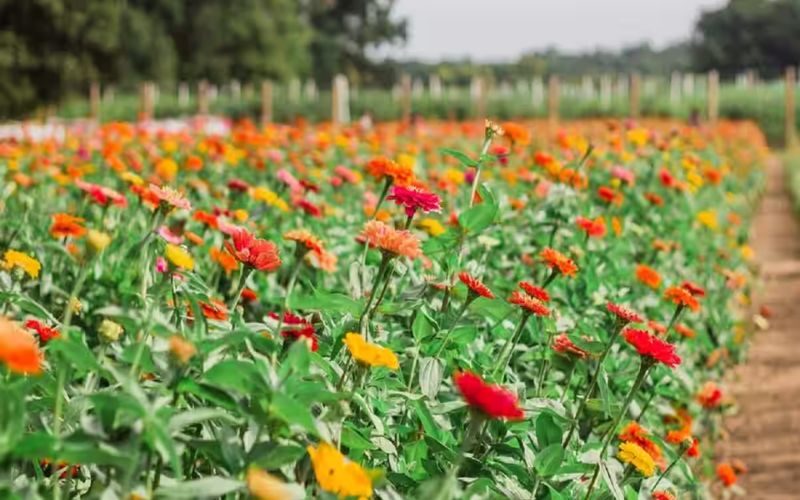
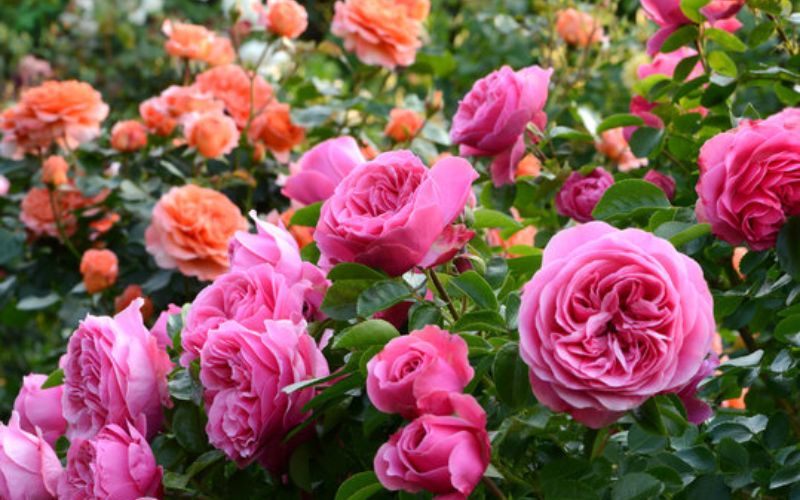
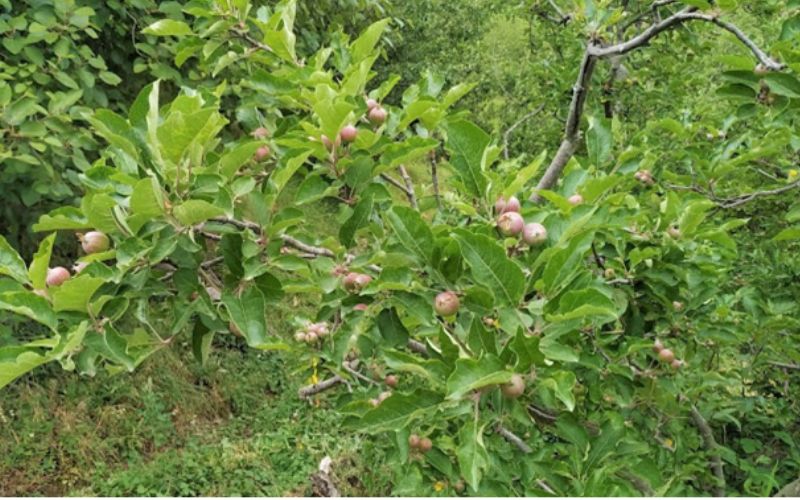
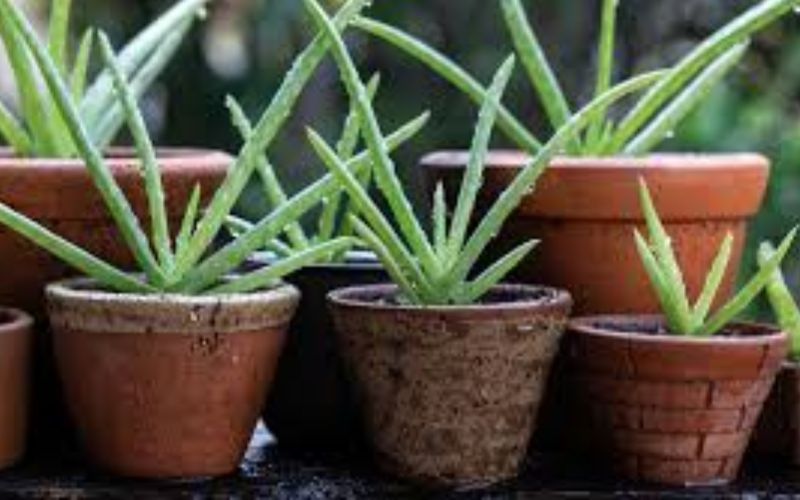




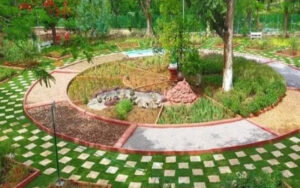

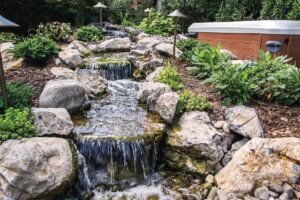

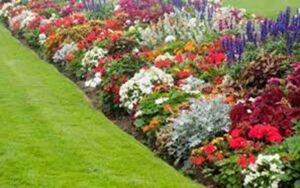
I simply just couldnt leave your website just before saying that I really enjoyed the good quality information you offer to your visitors… Definitely will be back often to check on up on brand new stuff you post!
I would read more on this topic if the info provided were as interesting as what you have written in this article. Don’t stop caring about the content you write.
Seriously this information is amazing it genuinely helped me and even my children, cheers!